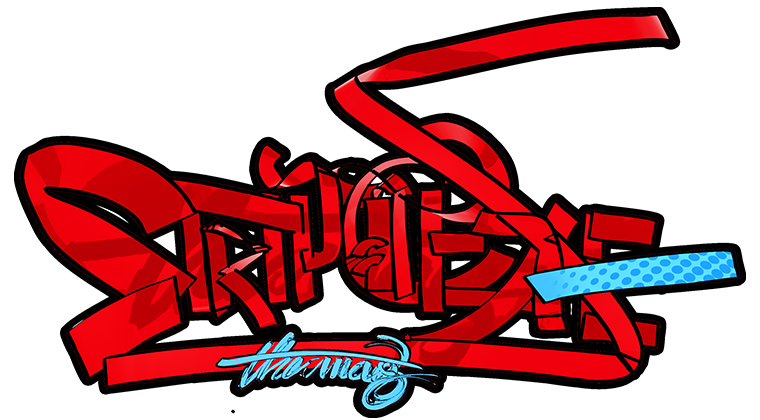Of Shades and Lines
It was perhaps the late 80s or the early 90s that saw Harsho Mohan Chattoraj pick up the pencil and start doodling. With access to a supply of weekly planners, six, maybe seven pages in length, Chattoraj started his career as a comic creator at the young age of 11. By making comics influenced by films and WWE (known as WWF back then) in those tiny planners and selling them to his classmates for bottles of Pepsi, he did not take long to bag two columns in the Calcutta edition of The Statesman- one about Shakespearian histrionics and the other, a Superman parody. It has been quite a while since then, and for the Indian comic industry, it has been a little more than a decade of knowing Chottoraj.

Known for his insanely detailed artwork with a distinct signature, Chottoraj believes that an artist is forever learning and that one can only improve with practice. And he, like the Indian comic industry is in the process of evolution. “When I was younger, I put in a lot of effort into creating the foreground, or the subjects of the pictures,” he says, while admitting that his treatment of backgrounds in the past was rather non-committal. But a look at his more recent works proves that he has been paying close attention to detail for the backgrounds as well! But what is really intimidating about his work is perhaps the fact that he discovered how easy graphic tablets make the life of an artist only a year ago when his wife gifted him a Wacom!

Published internationally as well, he is a well-known name now. But Chattoraj’s journey as a creator has not been an easy one. In fact, to quote him, it has been rather slow and tough. With only a niche crowd interested in comics over the past decade, most have remained ignorant about works being produced in the Indian comic industry. “Those who aren’t interested in comics, couldn’t care less really, “he starts. “But however there is good news. There are some art and literature conscious people who are developing an interest in the graphic novels being produced. Thus consciousness is increasing.” But it is unfortunate to realise that in order to be a commercial success, you have to be recognized by the foreign industry or be associated with a publishing giant in India.

From the days of superheroes, Indian classics and mythology ruling supreme to the days of graphic, visual story telling giving works the aura of a documentary, Indian comics have come a long way, and has evolved beyond the tried and tested ways of creating comics using simple, but successful formulae. And while some creators explore the eclectic daydreams of cityscapes, some choose to bring back heroes of the past who have been long forgotten in the form of a comic.

Released by Amar Chitra Katha, the Dhyan Chand graphic novel, one of their first releases in the genre of sports comics, shines the spotlight on that one man who had been a contributor to Indian sports much before the likes of Kapil Dev took the field. However, it must be mentioned that this graphic novel is not entirely about Dhyan Chand’s heroics on the field. By tracing the life of a man from very humble beginnings, the book is a rather accurate depiction of the life of a sports superstar minus the fanfare and confetti.

Having illustrated sports comics for the PUMA India Cricket campaign, though capturing sports action was not new to Chattoraj, he had to spend some time researching postures and poses of hockey players. “Though the writers from ACK had researched their story very well and provided me with pictures, I had to watch videos and pictures of hockey shots to be completely confident,” he says.

While Amar Chitra Katha is stepping out of its previously defined boundaries defined by Indian classics and mythology, Chattoraj is currently working on something that is shaping up to resemble the very essence of the City of Joy- Calcutta.


